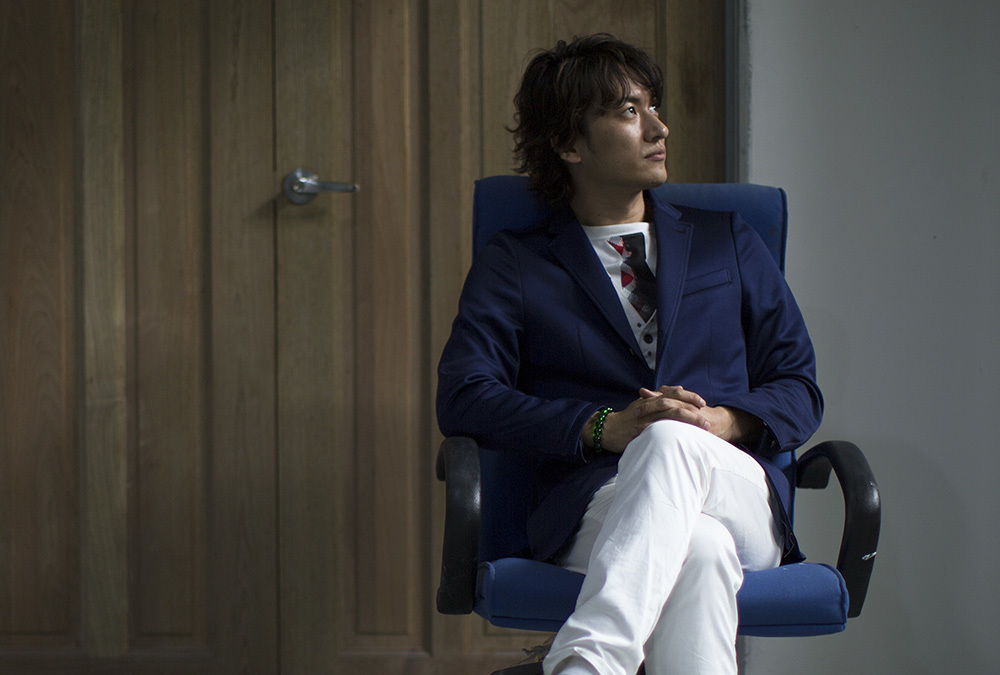石垣 征山 SEIZAN ISHIGAKI
In 2007, Ishigaki was awarded the Japan Traditional Cultures Foundation Award, the best prize at the 4th annual Tokyo Hogaku Concour, in 2010 the Best Artist Award and the Incentive Award of the Minister of Education, Culture, Sports, Science and Technology at the 16th annual Japanese Hogaku Music Contest in Kumamoto in memory of Kenko Hase, and in 2013 Golden Award, Incentive Award of the Minister of Education, Culture, Sports, Science and Technology as well as Sankei Shimbun Award at Honkyoku contest presented by Tozanryu Shakuhachi Foundation. He has collaborated with Kanagawa Philharmonic Orchestra, Tokyo Philharmonic Orchestra, Tokyo City Philharmonic Orchestra, Japan Philharmonic Orchestra, and Nagoya Philharmonic Orchestra. His activities extend to the live concerts for game industries, such as “PRESS START -Symphony of Games-,“ “Monster Hunter 10th Anniversary Orchestra Concert,” and ”Rejet Concert Beautiful World.” In addition to his performance acts, Ishigaki eagerly participates in teaching the juniors at schools, composition, and supporting act at the local concerts.
INSTRUMENT
SHAKUHACHI
Shakuhachi is a type of non-reed pipe made of bamboo. It is said to have been brought from the Tang dynasty of China. The oldest shakuhachi to be found is stored in the Shosoin Repository in Nara. It started by taking a role in the imperial court music, and eventually spread to the rustic celebrations for the general public in the Kamakura period (1185-1333). In Edo period (1603-1868), the pipe was used for religious purposes by the Zen priests, and a historical school was established by Kinko Kurosawa called Kokin school which is still an active institution even to this day. Another still existing academy, Tozan school, was authorized by Tozan Nakao in the Meiji period (1868-1912).
The bamboo used for shakuhachi is the giant timber bamboo, or madake. The name shakuhachi literally refers to the length of the original pipe in the ancient Japanese measurement. As shakuhachi evolved over time, the pipe came to have a variation in its length which determines the key. The simple structure with only four finger holes in the front, one in the back produces the distinctive sounds.
The player of shakuhachi is Seizan Ishigaki.

